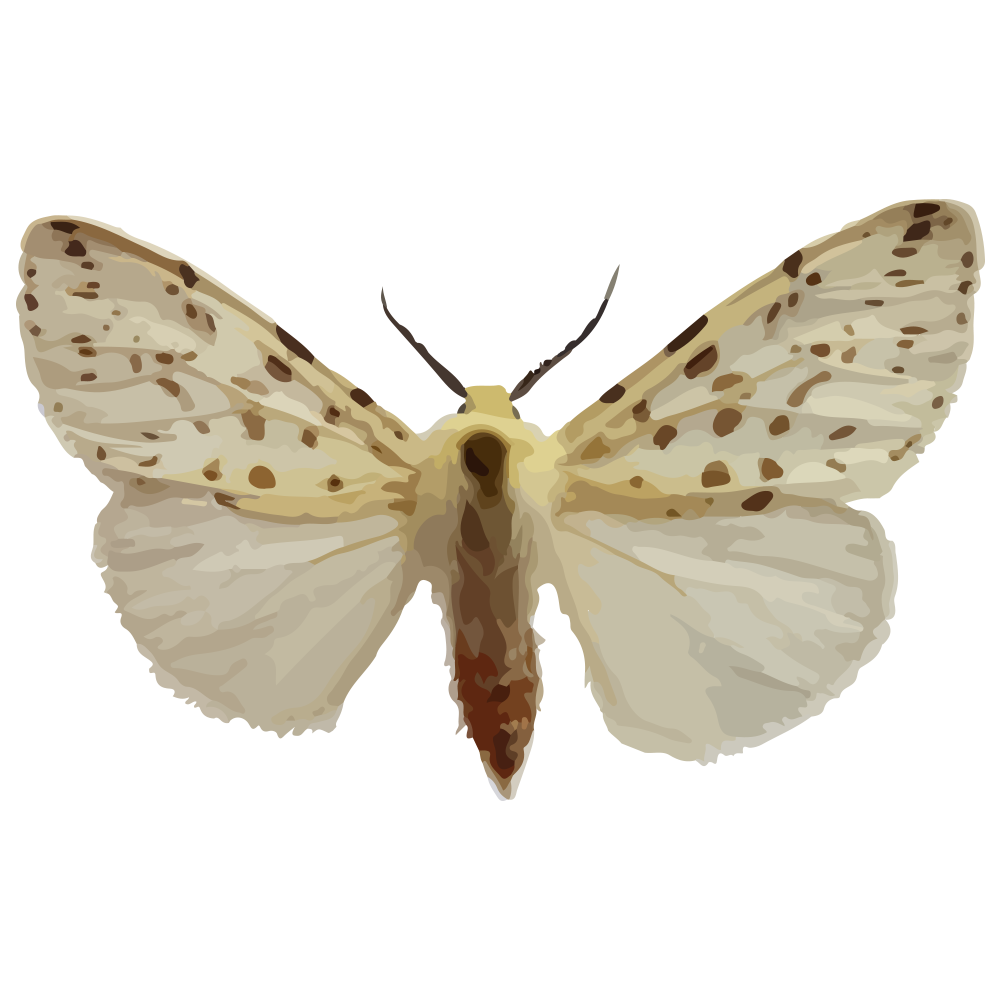


| Latin Name | Hyphantria cunea |
| Common Name | Fall webworm moth |
| Biology | Adult moths are nocturnal and phototactic, ovipositing in clustered masses on leaf undersides. Larvae collectively spin silk webs to feed within them; initially creating translucent patches on leaves, subsequently consuming entire foliage leaving only veins. This insect is polyphagous, highly reproductive, and rapid-spreading—a quarantine pest of global concern—producing 2-3 generations annually. |
| Damage | This pest primarily damages multiple forest and fruit trees including poplar, willow, elm, apple, and pear. |
| Distribution Regions | Invaded areas |
| Monitoring | Pheromone lures mimic natural sex pheromones to attract male insects into specialized traps for population monitoring and suppression. As a core IPM component, monitoring enables early risk detection and targeted control. Mass trapping reduces mating opportunities to curb offspring populations. Protocols: ●Use only with matched traps. ●15-45 traps/hectare,replace/replenish every 4-6 weeks. ●Wear gloves or wash hands with detergent when switching lure types. ●Refer to trap-specific hanging instructions. |
| Recommended Traps | Delta Trap, Wing Trap |

Comparta su información de contacto para recibir soluciones de feromonas de precisión. En caso de que nuestra cartera existente no se adapte de forma óptima, nuestro equipo de química sintética iniciará el desarrollo personalizado, desde el diseño de la estructura molecular hasta la producción a escala.